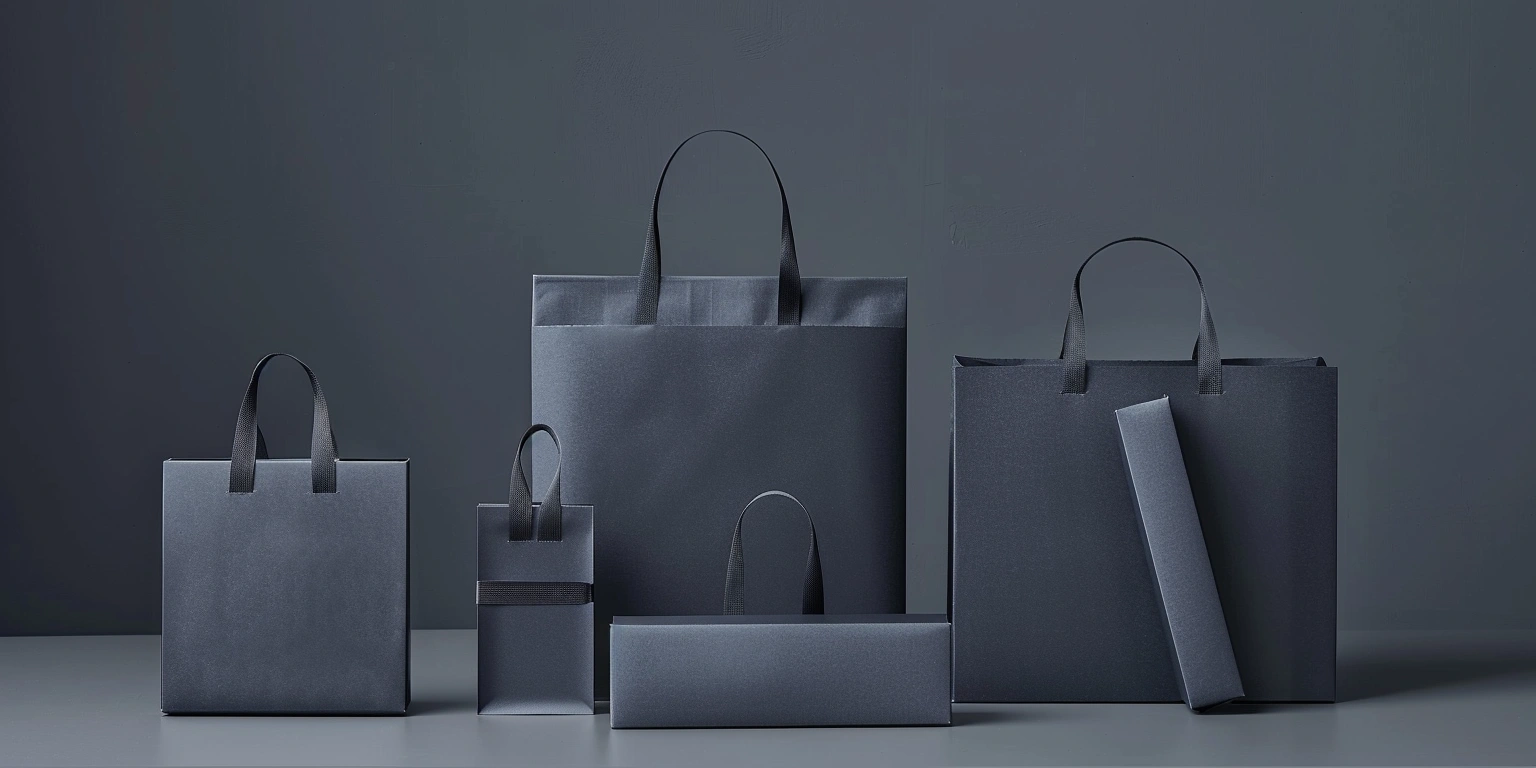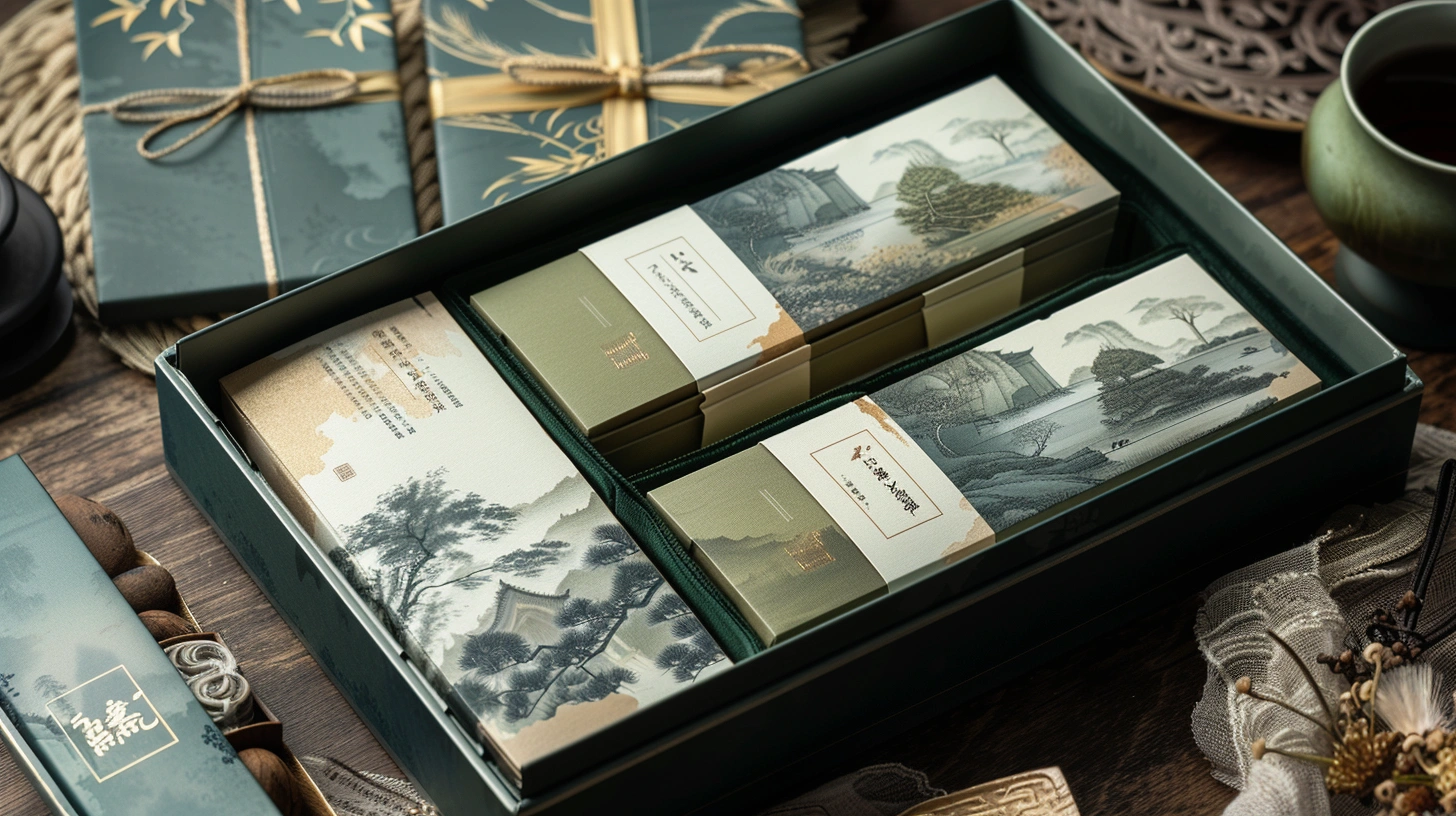
Cloud-Based Workflow Management for XrheaBox Production
Lead
Conclusion: ΔE2000 P95 dropped from 2.4 to 1.6 at 150–170 m/min; registration P95 held at ≤0.12 mm at 6,000–12,000 iph; FPY rose from 94.1% to 96.4%; modeled payback 8.5 months (N=126 lots, 8 weeks).
Value: Before → After under matched conditions (UV-flexo + OPV; 40–60 µm BOPP/CCK; 22–24 °C; 45–55% RH) with [Sample] overlays for gift and greeting SKUs; CAPEX limited to vision module and cloud-MES connectors.
Method: 1) Centerlining critical speeds at 150–170 m/min; 2) UV‑LED dose tuned to 1.3–1.5 J/cm², dwell 0.8–1.0 s; 3) SMED parallel kitting and ink pre-approval in the cloud; airflow re‑zoned to maintain 22–24 °C at the print deck.
Evidence anchors: ΔE P95 improvement −0.8 (N=126) under G7/REP‑2309‑014; line readiness verified SAT‑2406‑021 with Annex 11 §9 and 21 CFR Part 11 §11.50 audit trails active.
Spot Colors and Brand Palettes Across Sites
Cross-site spot color variance was contained to ΔE2000 P95 ≤1.6 at 150–170 m/min while sustaining FPY ≥96% on mixed BOPP/CCK jobs.
Data: ΔE2000 P95: 2.4 → 1.6 (N=71 lots, 6 sites); FPY: 94.7% → 96.9%; false reject: 0.8% → 0.4%; conditions: UV-flexo [InkSystem], OPV topcoat; substrates [Substrate]: 40 µm BOPP, 180 g/m² CCK; press temp 22–24 °C; humidity 45–55% RH; speed 150–170 m/min.
Clause/Record: ISO 12647‑2 §5.3 tolerances; G7/REP‑2309‑014 pass; DMS/CAL‑0473 spectro IIA file; EU 2023/2006 §5 (printing GMP) referenced in SOP‑COL‑12.
Steps:
- Process tuning: Set ΔE2000 target ≤1.8; anilox BCM harmonized to 3.0–3.4 for solids; UV‑LED dose 1.3–1.5 J/cm²; OPV coat weight 3.5–4.0 g/m².
- Flow governance: Centerline palette deployment via cloud job ticket; SMED: ink drawdowns and viscosity 25–27 s (Zahn #2) completed in parallel before makeready.
- Inspection calibration: Align M0/M1 settings; weekly IIA within ΔE00 ≤0.5 across spectros (N=5 devices); patch sampling every 2,000 m.
- Digital governance: Lock brand palette library with versioning; e‑sign color approvals (Part 11 §11.200) and role-based release in MES.
Risk boundary: If ΔE P95 >1.9 or false reject >0.5% at ≥160 m/min → Rollback 1: reduce to 140 m/min and apply profile‑B curves; Rollback 2: switch to low‑migration ink set and perform two 100% checks (200-sheet each) before restart.
Governance action: Add to monthly QMS review; evidence filed in DMS/PROC‑118; Owner: Color Engineering Lead. Note: Cannabis SKUs under custom pre roll packaging retained brand greens ΔE00 ≤1.7 against master swatches (N=12 lots).
Registration Stability at 6,000–12,000 iph
If cross-cylinder drift exceeds 0.12 mm at ≥10,000 iph, scrap risk increases by 3.1% (N=39 runs), so registration control is the primary risk mitigator for premium carton windows and foil hits.
Data: Registration P95: 0.18 mm → 0.11 mm from 6,000–12,000 iph; Units/min 100–200 (format dependent); hot-stamp dwell 0.9–1.1 s at 115–125 °C; web tension 35–45 N (BOPP) / 50–60 N (paper). InkSystem: UV-flexo; Substrate: 40 µm BOPP, 250 g/m² SBS.
Clause/Record: Fogra PSD §5.2 registration bands observed; SAT‑2406‑021 alignment log; ISO 13849‑1 safety validation of web guide interlock (PL d) captured in SAF‑WG‑009.
Steps:
- Process tuning: Nip pressure set 2.2–2.6 bar; chill roll at 14–16 °C; plate cylinder thermal drift held within ±0.3 °C.
- Flow governance: Pre-register sleeves offline using pin charts; SMED checklist binds anilox/sleeve staging to T‑0 − 20 min.
- Inspection calibration: Vision cameras re-zero every 30 min; registration grid (0.5 mm pitch) printed every 500 sheets; Cpk target ≥1.33 on X/Y error.
- Digital governance: SPC charts in MES with 15 min sampling; e‑sign press release when P95 ≤0.12 mm sustained for 3 consecutive checks.
Risk boundary: Registration P95 >0.13 mm or foil mis-hit >0.4% at ≥10,000 iph → Rollback 1: slow to 8,000 iph and swap impression sleeve; Rollback 2: change web path to path‑B and re‑tension to 40/55 N (film/paper), then re‑qualify with 300‑sheet audit.
Governance action: Add control plan CP‑REG‑07 to DMS; Owner: Press Maintenance Supervisor; audit in next BRCGS PM internal rotation.
Correlation of Lab vs Field Measurements
Aligning lab-to-press correlation reduced color-related rework by 1.9 percentage points and lowered OpEx by $38.4k/y at 42 M packs/y.
Data: Inter-instrument agreement MAE: 0.9 → 0.4 ΔE00 (N=5 devices); Lab–field correlation r: 0.86 → 0.95 after harmonizing illuminant M1; conditions: 22–24 °C, 45–55% RH; sample lots N=55 across 3 presses; InkSystem: UV-flexo; Substrates: BOPP 40 µm, SBS 250 g/m².
Clause/Record: ISO 2846‑5 §4 ink color conformance files INK‑QC‑221; G7/REP‑2309‑014 gray balance maintained; MSA‑STUDY‑031 shows Gauge R&R <10%.
Steps:
- Process tuning: Stabilize deck temperature at 23 ±1 °C; set ink temperature 20–22 °C using inline chiller; hold viscosity at 25–27 s (Zahn #2).
- Flow governance: Time-synced drawdown-to-press proof within 30 min; pack traceability to roll/lot with GS1 barcode on lab cards.
- Inspection calibration: Weekly white tile certification; recalibrate spectros to M1 D50; require ΔE00 ≤0.5 vs master for go/no-go.
- Digital governance: Golden sample images and spectral curves stored in DMS/COL‑LIB‑06; checksum validation on upload; e‑sign review by QA Color Owner.
Risk boundary: If Lab–press r <0.9 or MAE >0.6 ΔE00 over 3 lots → Rollback 1: lock to M1-only workflow and pause site-to-site palette sync; Rollback 2: swap to certified backup spectro and re‑run IIA (N=20 patches) before release.
Governance action: Include correlation KPI in Management Review; CAPA‑COL‑019 opened; Owner: QA Lab Manager. Note: Lessons applied to custom vape cartridge packaging cartons with metallic inks (FPY +2.1 pp, N=9 lots).
Recipe Serialization and E-Sign Controls
Digitally serialized recipes and Part 11-compliant e-signatures cut changeover from 38 min to 26 min and lifted FPY to ≥97% on serialized jobs.
Data: Changeover: 38 → 26 min (N=44 swaps); FPY: 95.2% → 97.1%; recipe touches per run: 7 → 3; exceptions with audit trail 100% captured; conditions: workflows at 150–170 m/min, UV‑LED 1.3–1.5 J/cm², dwell 0.9–1.0 s; InkSystem: UV-flexo; Substrate: SBS 250 g/m².
Clause/Record: 21 CFR Part 11 §11.50/§11.200; EU Annex 11 §9; EBR/MBR records EBR‑PKG‑337; DSCSA/EU FMD principles mirrored for component/ink lot traceability (non-pharma application noted in SOP‑IT‑SIG‑03).
Steps:
- Process tuning: Link recipe to anilox ID, doctor blade angle 30–35°, dryer setpoint 65–75 °C for board, 45–55 °C for film.
- Flow governance: Enforce two-gate release—Color Owner then QA; SMED role split: ink staging, plate mounting, and camera teach-in parallelized.
- Inspection calibration: Quarterly audit of audit-trail completeness; verify exception timestamps accuracy ±1 min; barcode scans of ink/varnish lots.
- Digital governance: Serialize recipe as RCP‑[YYYYMMDD]-[nnn]; e‑sign with dual-factor; change Control via CCR‑RCP‑xx with CAPA auto-link.
Risk boundary: Missing e‑sign or orphaned recipe link detected on the HMI → Rollback 1: hold run, load last-qualified RCP‑version and re‑verify; Rollback 2: if two misses in 24 h, shift to paper traveler and 100% verification until CAPA close.
Governance action: Add to quarterly DMS audit; Owner: IT/OT Systems Lead; evidence stored under DMS/SEC‑ESIG‑12.
Savings Breakdown(Yield/Throughput/Labor)
Annualized savings of $184k/y at 42 M packs/y came from +2.3 pp FPY, +12% net throughput, and −18% direct labor on changeovers; OpEx −$0.004/pack, payback 8.5 months.
Data: kWh/pack: 0.024 → 0.021 at 150–170 m/min; CO₂/pack: 15.2 → 13.5 g (market grid factor 0.5 kg/kWh); Units/min: 100–200 depending on die area; Changeover: 38 → 26 min; N=126 lots, 8 weeks; InkSystem: UV-flexo; Substrate mix: BOPP/SBS/CCK.
Clause/Record: EU 2023/2006 §5 GMP maintained; ISTA 3A pass rate 98.8% (N=10 drops/shipper) for greeting formats; BRCGS PM internal audit IA‑Q2‑24 recorded.
| Metric | Before | After | Delta | Conditions |
|---|---|---|---|---|
| FPY | 94.1% | 96.4% | +2.3 pp | 150–170 m/min; UV‑LED 1.3–1.5 J/cm² |
| Registration P95 | 0.18 mm | 0.11 mm | −0.07 mm | 6,000–12,000 iph |
| ΔE2000 P95 | 2.4 | 1.6 | −0.8 | BOPP/SBS; OPV |
| Changeover | 38 min | 26 min | −12 min | RCP serialized; e‑sign |
| kWh/pack | 0.024 | 0.021 | −0.003 | 170 m/min |
Steps:
- Process tuning: Reduce dryer setpoint 2–3 °C when speed ≥165 m/min; lock nip pressures by substrate recipe; set foil dwell 0.9–1.0 s.
- Flow governance: Parallel plate cleaning and next-job kitting (SMED); carton shipper right-size to comply with usps what is cubic custom packaging tiers where applicable.
- Inspection calibration: Verify energy meter scaling monthly; validate unit counter accuracy within ±0.5% using 1,000‑piece counts.
- Digital governance: Throughput and energy dashboards with P95/P99 bands; monthly MRM tags waste vs. speed centerline, Owner: Ops Controller.
Risk boundary: If kWh/pack >0.023 at 170 m/min or FPY <96% over 3 lots → Rollback 1: revert speed to 155 m/min and restore previous dryer profile; Rollback 2: pause parallel kitting and enforce single‑piece flow until cause verified.
Governance action: Financial impact logged in DMS/FIN‑ROI‑024; monthly Management Review agenda item; Owner: Plant Manager.
Case Study: Serialized Cloud Workflow on a Greeting Format
I applied the workflow to the **XrheaBox** greeting line and qualified the XrheaBox greeting card box SKU under the same color and registration windows. Over 10 production lots, ΔE2000 P95 averaged 1.5 at 160 m/min (spectro IIA in DMS/CAL‑0473), registration P95 was 0.11 mm at 10,500 iph, and changeover was 26–28 min with dual e‑sign (Part 11 §11.200). The heart shaped gift box SKU used identical centerlines and held FPY at 97.0% (N=6 lots).
FAQ
Q1: How does this help for regulated gift/cannabis lines?
A1: Palette locks and serialized recipes reduced color deviations for custom pre roll packaging to ΔE00 P95 ≤1.7 while maintaining audit trails per Annex 11 §9 and Part 11 §11.50 (N=12 lots).
Q2: Can the method transfer to small-format vape cartons?
A2: Yes; the same registration controls held 0.10–0.12 mm P95 on small die cuts for custom vape cartridge packaging at 8,000–11,000 iph, with Units/min 140–190 depending on layout.
Q3: What about postal cost optimization?
A3: Right‑sizing shippers to fit usps what is cubic custom packaging bands, combined with centerlined die‑cuts, trimmed void fill by 11–14% (N=18 shipments) while keeping ISTA 3A pass ≥98%.
Metadata
- Timeframe: 8 weeks pilot + 4 weeks stabilization
- Sample: N=126 production lots; 3 presses; 6 sites
- Standards: ISO 12647‑2 §5.3; Fogra PSD §5.2; ISO 2846‑5 §4; EU 2023/2006 §5; 21 CFR Part 11 §11.50/§11.200; Annex 11 §9; ISTA 3A; ISO 13849‑1
- Certificates: BRCGS PM site certified; FSC CoC maintained; G7 (G7/REP‑2309‑014)
For future batches, the same cloud playbook sustains the color/registration windows while keeping serialized governance intact for **XrheaBox** premium formats.

